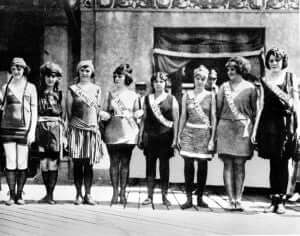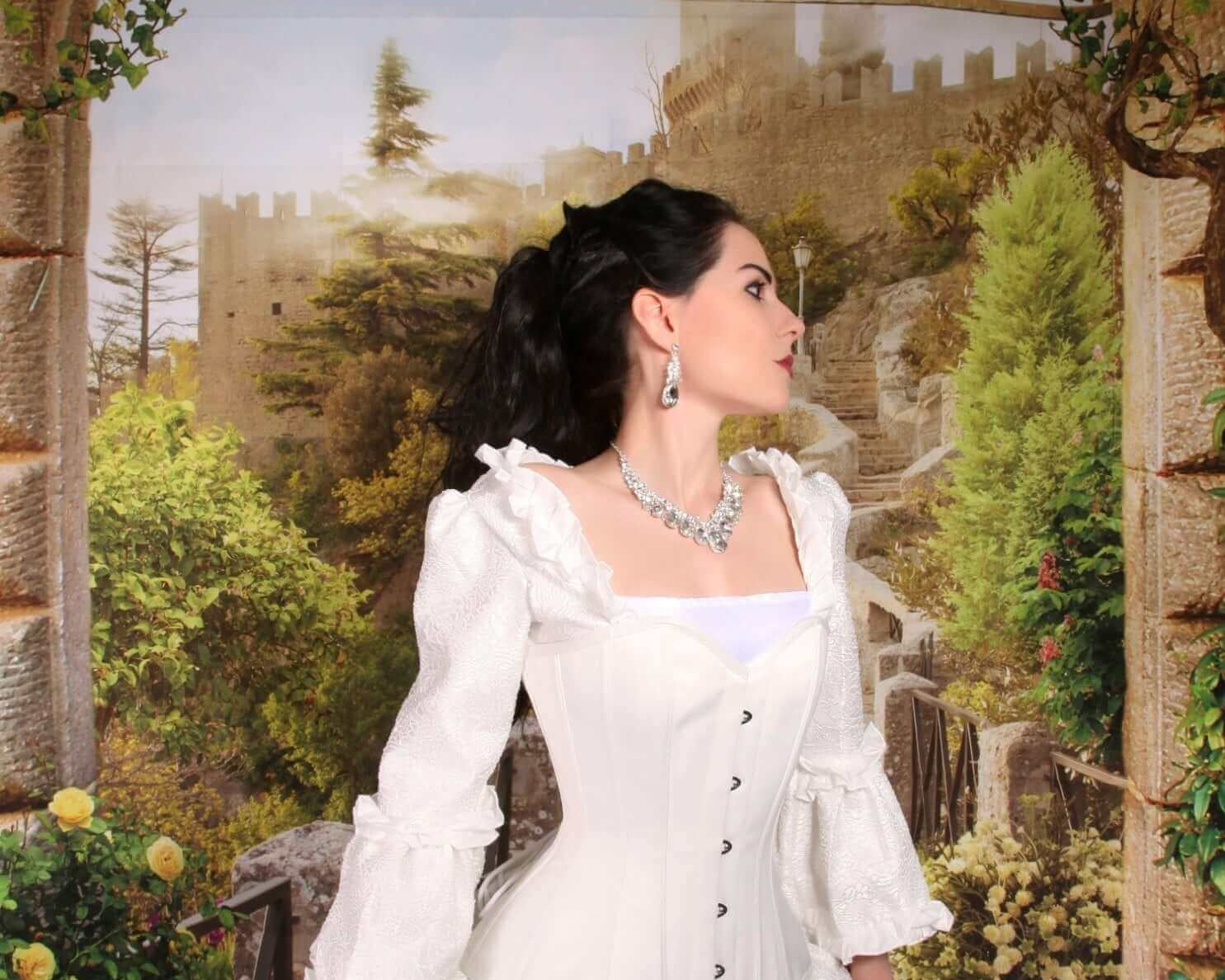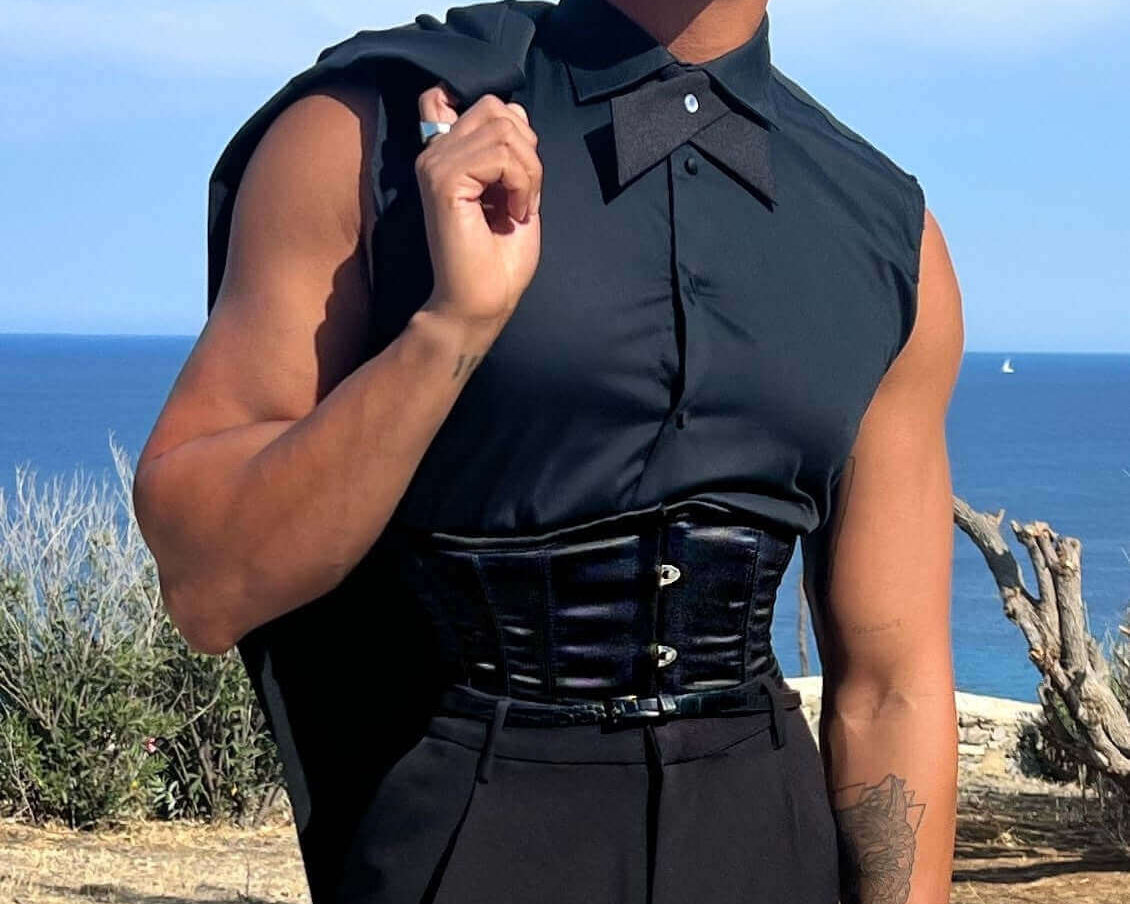Corsets and Royalty: A Historic Relationship

Over the years, few garments have symbolised power, elegance, and control quite like the corset. With its structured silhouette and tight-laced allure, the corset has played a complex and sometimes controversial role in fashion history. Among its many wearers, the most influential were undoubtedly royalty and aristocrats. From the courts of Renaissance queens to the high fashion runways of today, the corset’s connection with royalty has helped shape not only fashion trends but also cultural ideals of femininity, discipline, and status.
In this exploration of the corset’s regal past and present, we’ll dive into early royal corsetry trends, spotlight some of history’s most famous royal corset wearers, examine the influence of royalty on global corset fashion, and trace how modern royal wardrobes still echo the vintage corset. In the end, what emerges is a portrait of a garment whose legacy is as enduring as the crowns it once adorned.
Key Takeaways
-
Corsets have long been tied to aristocratic fashion, with royal women using them to project status, discipline, and elegance since the 16th century.
-
The vintage corset evolved from stiff Renaissance stays to the ornate and highly structured corsets of the Victorian era. They came to symbolise elite femininity and control.
-
Famous royal corset wearers, including Queen Elizabeth I, Marie Antoinette, Queen Victoria, and Empress Eugénie, shaped corset trends across Europe and inspired generations of fashion.
-
Corsetry fell out of everyday use in the 20th century but was never fully abandoned. Modern fashion continues to borrow from its silhouette and structure.
-
Waist training corsets originated from royal and aristocratic ideals of the cinched waist and continue to be used today for both fashion and posture.
-
Today’s designers have reinvented corsets with inclusivity in mind. Offering a wide variety of plus size corsets that combine style, comfort, and support.
-
Modern royals, such as Princess Diana, Kate Middleton, and Meghan Markle have been known to wear structured, corset-inspired garments. Honouring tradition while staying contemporary.
-
The corset’s legacy in royal and high fashion is timeless. An enduring symbol of beauty, authority, and transformation.
From Courtly Elegance to Modern Empowerment: How the Corset Shaped Royal Fashion and Continues to Inspire Today
The origins of corsetry in aristocratic circles
Corsetry has ancient roots. Early forms appeared as far back as Minoan Crete (roughly 3000 to 1100 BC). But it truly came into its own in 16th-century Europe. At that time, corsets, then referred to as ‘stays,’ were worn by noblewomen to sculpt the torso into a conical shape. This idealised silhouette was a symbol of virtue, control, and status.
Queen Elizabeth I was one of the first monarchs to embrace corsetry as both a political and fashion statement. She wore heavily boned stays beneath her elaborate gowns, using her corseted form to project strength, propriety, and an almost divine level of self-discipline. These early corsets were often stiffened with whalebone or reed and laced to maintain an upright posture. Something considered essential for young ladies of noble birth.
Though comfort was sacrificed, the appearance of control was paramount. Foreshadowing the rise of waist training corsets in later centuries, when reducing the waistline by inches became a mark of aristocratic beauty and elite status.
Famous royal corset wearers
Marie Antoinette
The infamous French queen was a pioneer of extravagant fashion. As such, her wardrobe prominently featured corsets embellished with silk, lace, and embroidery. Marie Antoinette’s tightly laced bodices were not only fashion statements but also tools of political theatre, shaping her public image at the opulent court of Versailles. Though heavily criticised for her excesses, she shaped European corset fashion for generations.
Queen Victoria
During Queen Victoria’s reign, corsets reached their peak in popularity and complexity. The vintage corset of the Victorian era became increasingly rigid and structured, designed to create an exaggerated hourglass figure. The look was reinforced by widespread use of waist training corsets, which were worn daily and sometimes overnight to permanently reshape the waist. This is not a practice we recommend today!
Queen Victoria’s more conservative personal taste may have influenced a sense of modesty in design. But her image was nevertheless associated with tightly laced corsets as a symbol of refinement and virtue.
Empress Eugénie of France
A fashion icon in her own right, Empress Eugénie embraced corsets as both fashion and political tools. Often collaborating with designer Charles Frederick Worth, she helped popularise the structured silhouette that became standard for 19th-century aristocracy. Her wardrobe included custom-fitted corsets designed to sculpt her figure perfectly.
Royalty and the spread of corset fashion
Throughout history, royalty has served as fashion leaders. We see it today with Catherine, Princess of Wales. What queens and princesses have worn under their gowns has always influenced what the noble and eventually middle classes considered appropriate or fashionable.
The corset is no exception. From the heavily structured Renaissance stays to the curved, hourglass waist training corsets of the Victorian period, royalty helped define the aesthetic standards of each era. As printed fashion plates and portraits circulated, the corseted silhouette became embedded in Western ideals of femininity.
By the late 19th century, corset-making had evolved into a specialised industry. Whalebone was replaced by steel boning, and corsets began to reflect both function and fashion. Importantly, this period also marked the earliest discussions around body inclusivity, with corset-makers beginning to offer plus size corsets tailored for fuller figures. This shift in production hinted at broader accessibility, even as corsetry remained synonymous with elite fashion.
The decline and reinvention of the corset
In the 20th century, as social roles and fashion sensibilities changed, the traditional corset fell out of favour. Women’s liberation movements challenged the restrictive symbolism of corsetry. Advocating instead for clothing that allowed freedom of movement and expression.
Nevertheless, the vintage corset did not vanish. It evolved. Designers reimagined the corset with modern fabrics, lighter boning, and contemporary tailoring. No longer hidden beneath layers of silk and crinoline, corsets began to appear as outerwear. Blending historic design with bold, modern aesthetics.
This evolution also saw the birth of modern waist training corsets designed for shapewear and fitness purposes.
Modern royal fashion and corseted elements
While contemporary royals don’t typically wear full corsets, structured bodices and tailored seams are still key elements in high-profile royal fashion.
Princess Diana
Diana’s style journey often included dresses with corset-like structures that subtly emphasised her waist and shoulders. Perhaps the most iconic example was her 1985 ‘revenge dress.’ A form-fitting, off-shoulder piece with a boned bodice that symbolised both personal and stylistic liberation.
Kate Middleton (Princess of Wales)
The Duchess of Cambridge often incorporates corsetry-inspired tailoring into her looks. Her wedding dress, designed by Sarah Burton for Alexander McQueen, featured a structured corset beneath layers of lace and satin. Combining tradition with contemporary couture. Kate's affinity for fitted bodices and elegant silhouettes keeps the legacy of royal corsetry alive in subtle, sophisticated ways.
Meghan Markle
Known for her modern and minimalist aesthetic, Meghan Markle’s wardrobe has featured corset-inspired styles on several occasions. Dresses like her red Carolina Herrera gown and her off-the-shoulder black ensemble at the Ripple of Hope Gala use corsetry’s structural techniques without the restriction. Highlighting how corset design has evolved to flatter a wider range of body types and personal styles.
The lasting legacy of the corset in royal and high fashion
Today, the corset stands at a fascinating intersection of history, empowerment, and style. Whether it’s the vintage corset worn in period dramas, or modern reinterpretations by fashion giants like Vivienne Westwood and Jean Paul Gaultier, the garment continues to evolve.
Contemporary corsetry is more inclusive, with a growing demand for plus size corsets that celebrate diverse body shapes while honouring the garment’s regal roots. Similarly, modern waist training corsets have transitioned from elite accessories to contemporary posture tools. Embraced by a wide demographic, often marketed with a nod to the discipline once symbolised by the royals.
The corset’s cultural significance endures, shaped as much by today’s red carpets and bridal runways as by the halls of Versailles or Buckingham Palace. What was once a symbol of social order and status is now a versatile fashion statement. One that bridges past and present, monarchy and modernity.
The corset’s historic bond with royalty shaped its legacy as both a fashion staple and a cultural icon. From the rigid stays of Elizabeth I to the softly structured gowns of Kate Middleton, the corset has mirrored the shifting ideals of beauty, power, and womanhood.
While to some, it may seem like a relic, the vintage corset lives on. Resurrected in fashion collections, period films, and personal wardrobes, it now attracts wearers from every walk of life.
Shop the True Corset collection to view the rich and diverse styling of today’s fashion and waist-training corsets.























